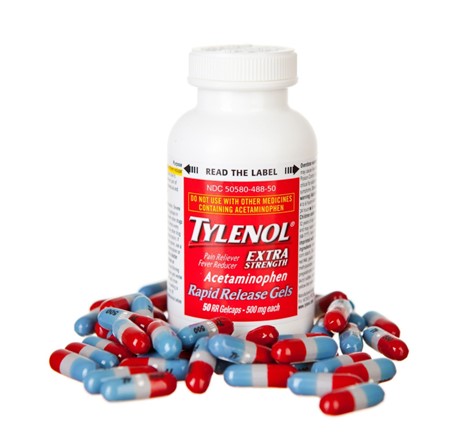A nurse is caring for a child who has cystic fibrosis and requires postural drainage.
Which of the following actions should the nurse take?
Hold hand flat to perform percussions on the child.
Perform the procedure twice each d
Perform the procedure prior to meals.
Administer a bronchodilator after the procedure
The Correct Answer is C
The correct answer is choice C. Perform the procedure prior to meals.
This is because postural drainage involves positioning the child in different ways to help drain the mucus from the lungs.
If the child has a full stomach, this can cause nausea, vomiting, or aspiration. Therefore, the nurse should perform the procedure before meals or at least 1 hour after meals.
Choice A is wrong because the nurse should not hold the hand flat to perform percussions on the child.
Percussions are rhythmic clapping on the chest wall to loosen the mucus. The nurse should use a cupped hand to create a small air pocket that enhances the vibrations and prevents bruising.
Choice B is wrong because the nurse should not perform the procedure twice a day. The recommended frequency of postural drainage is 3 to 4 times a day, or more if needed, depending on the child’s condition and tolerance.
Choice D is wrong because the nurse should not administer a bronchodilator after the procedure.
A bronchodilator is a medication that relaxes and widens the airways, making it easier to breathe. The nurse should administer a bronchodilator before the procedure to enhance the effectiveness of postural drainage.
Nursing Test Bank
Naxlex Comprehensive Predictor Exams
Related Questions
Correct Answer is C
Explanation

Enoxaparin is a blood thinner that helps prevent the formation of blood clots in people who have certain medical conditions or who are undergoing certain procedures. Enoxaparin can increase the risk of bleeding, especially if taken with other medications that affect blood clotting, such as nonsteroidal anti-inflammatory drugs (NSAIDs) or aspirin.
Therefore, the nurse should instruct the client to avoid taking pain relievers such as naproxen sodium (choice A), ibuprofen (choice B), or aspirin (choice D) while on enoxaparin. These pain relievers can make the client more likely to bleed when on enoxaparin. Acetaminophen (choice C) is a pain reliever that does not affect blood clotting and can be taken safely with enoxaparin. However, the client should follow the directions on the box to make sure they do not take more than the recommended amount of acetaminophen, as it can cause liver damage in high doses.
Correct Answer is D
No explanation
Whether you are a student looking to ace your exams or a practicing nurse seeking to enhance your expertise , our nursing education contents will empower you with the confidence and competence to make a difference in the lives of patients and become a respected leader in the healthcare field.
Visit Naxlex, invest in your future and unlock endless possibilities with our unparalleled nursing education contents today
Report Wrong Answer on the Current Question
Do you disagree with the answer? If yes, what is your expected answer? Explain.
Kindly be descriptive with the issue you are facing.
